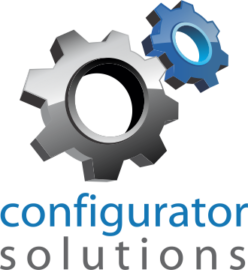CPQ software for industrial pumps and equipment is designed to simplify and automate the sales process for these complex products. With CPQ software for industrial pumps , sales teams can quickly generate accurate quotes based on customer requirements, configure the products to meet those requirements, and price them appropriately. This can help reduce errors, improve efficiency, and increase sales.
One of the most important features of CPQ software for industrial pumps and equipment is sizing. Sizing is the process of selecting the right pump or equipment for a particular application. This is critical because pumps and equipment that are oversized or undersized can lead to performance issues, increased energy consumption, and higher maintenance costs. CPQ software with sizing capabilities can help sales teams determine the right size of pump or equipment for a specific application.
It takes into account factors such as flow rate, pressure, temperature, viscosity, and the specific gravity of the fluid being pumped. This information is used to determine the optimal size and type of pump or equipment for the application.
Industry Standards for Sizing Industrial Pumps and Equipment: There are several industry standards that are applicable when sizing industrial pumps and equipment. Some of the most important ones are:
1) API 610: This is the American Petroleum Institute’s standard for centrifugal pumps. It specifies the requirements for design, materials, testing, inspection, and performance of centrifugal pumps for use in the petroleum, petrochemical, and gas industries.
2) ISO 5199: This is the International Organization for Standardization’s standard for centrifugal pumps. It specifies the requirements for design, materials, testing, inspection, and performance of centrifugal pumps for general industrial applications.
3) ANSI/HI 9.6.3: This is the Hydraulic Institute’s standard for rotodynamic pumps for pump testing. It specifies the procedures and methods for testing and evaluating rotodynamic pumps.
4) ASME B73.1: This is the American Society of Mechanical Engineers’ standard for horizontal end suction centrifugal pumps. It specifies the requirements for design, materials, testing, inspection, and performance of horizontal end suction centrifugal pumps for use in the chemical process industry. The Importance of CPQ Software with Sizing Capabilities.
Please visit https://lnkd.in/g2yUqKBN or contact solutions@configuratorsolutions.com for requirements and CPQ demonstration.
